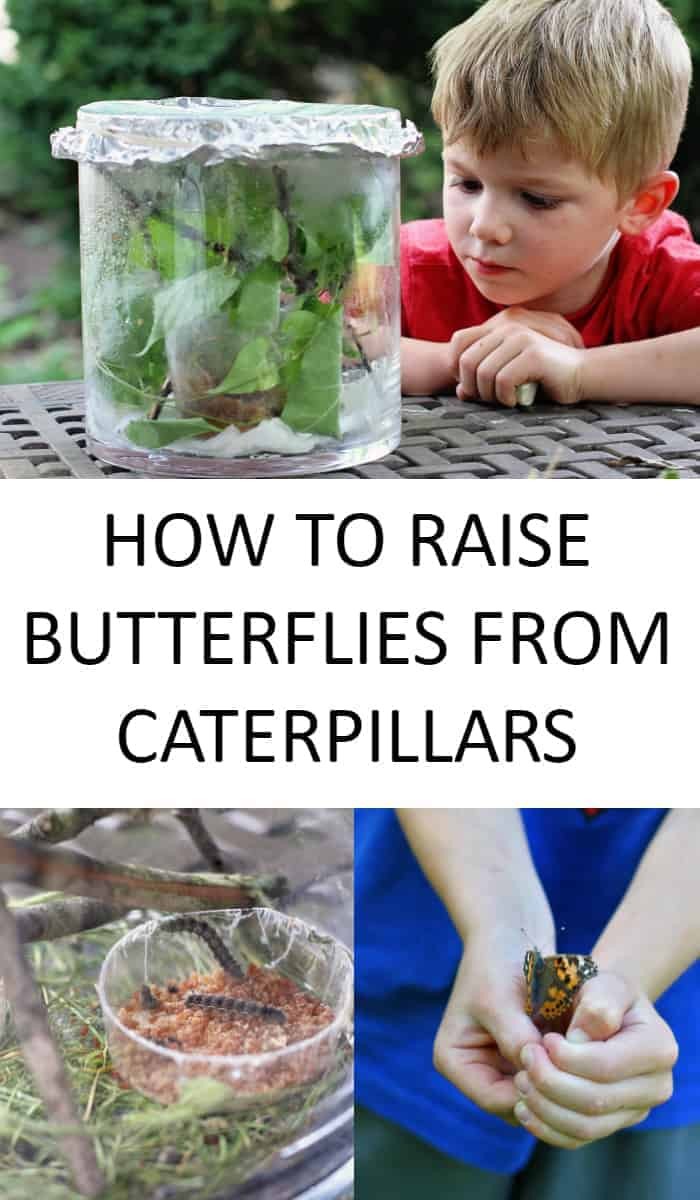Raising butterflies from caterpillars is an enriching experience for both children and adults. Witnessing the complete metamorphosis of these creatures firsthand offers a unique learning opportunity and a deep appreciation for nature. This guide provides a comprehensive overview of the Caterpillar Setup process, from finding caterpillars to releasing butterflies.
Finding and Sourcing Caterpillars
Identifying local butterfly species and their corresponding host plants is crucial for finding caterpillars in the wild. Common host plants include milkweed for Monarch butterflies, but various trees, grasses, and leaves near wooded areas can also harbor caterpillars. Look for caterpillars on leaves, under piles of decaying leaves, or even on tree bark. Remember, caterpillars vary in appearance depending on the butterfly species.
While searching for caterpillars can be an adventure, procuring a butterfly kit online offers a convenient alternative. These kits typically include a mesh habitat, feeding tools, and a voucher for live caterpillars. This ensures a successful start to your butterfly raising project.
Creating the Ideal Caterpillar Habitat
Whether you find caterpillars or order them online, a suitable habitat is essential. A large glass jar or a small aquarium with a secure, breathable lid covered with cheesecloth or mesh works well.
For wild-caught caterpillars, include fresh leaves from their host plant, sticks for climbing, and grass for bedding. Replace the leaves daily as caterpillars require fresh foliage for hydration and nutrition. Caterpillar kits often come with a prepared food source, eliminating the need for foraging. If transferring caterpillars from the kit’s container to a larger habitat, include the provided food source.
Observing Caterpillar Growth and Development
Caterpillars grow rapidly, often tripling in size within a week or two. During this stage, they primarily eat, crawl, and practice spinning silk. Shedding skin is a normal part of their growth, so don’t be alarmed by discarded fuzzy segments. Maintain a room temperature environment and avoid direct sunlight to prevent overheating and condensation.
The Chrysalis Phase: Transformation Begins
When caterpillars reach full size, they attach themselves to the habitat’s lid with silk, hang upside down in a J-shape, and shed their outer skin to form a chrysalis. This stage is critical; avoid disturbing the container. After 24 hours, carefully transfer the lid with attached chrysalises to a mesh hatching habitat. Mist the habitat lightly once a day.
Witnessing the Butterfly Emergence
The transformation from chrysalis to butterfly takes about 7-10 days. The chrysalis will darken and may even shake as the butterfly prepares to emerge. A red liquid called meconium, the butterfly’s first waste, might be visible. Newly emerged butterflies need time to dry and strengthen their wings before flight.
Providing Nourishment and Preparing for Release
Offer fresh fruit like watermelon or bananas and a few drops of sugar water to nourish the butterflies. They taste with their feet and eat through a tube called a proboscis. After a few hours, when their wings are fully developed, they are ready for release.
Releasing Butterflies into the Wild
Gently release the butterflies by opening the habitat or cupping them carefully in your hands. Choose a location with native plants that provide food and shelter. Observe the butterflies in their natural environment after release.
Conclusion
Raising butterflies from caterpillars offers a captivating glimpse into the wonders of nature. By following this guide, you can create the perfect caterpillar setup and embark on a memorable journey of observation and learning. Enjoy the magic of metamorphosis!


